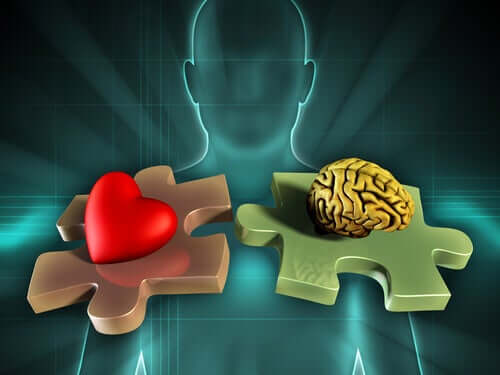To begin with the description of the neuroanatomy of emotions, Paul Broca was responsible for the creation of the term limbic system, first using it in 1878, but it was not until later, in 1930, that James Papez definitively called the structures. involved with the name limbic system (SL), postulating that he participated in the neural circuit of emotional expression (Kolb and Whishaw, 2003).
Thus, the limbic system corresponds to a functional concept in which several neural structures and networks are included, having a leading role in the treatment of emotional aspects.
- Being involved in the manifestations of emotions.
- The limbic system is also linked to motivation.
- In particular.
- Does it relate to the motivation that drives us to act.
- To learning and to memory?We remember and learn more easily what has the highest emotional content (Cardinali.
- 2005).
Several authors suggest that the response and emotional manifestation not only involve the nervous system, so they suggest that there might also be other systems involved, such as the immune and endocrine.
In this context, Damasio (2008) proposes the concept of somatic marker and says that what gives value to an experience is not only cognitive evaluation, but also a certain somatic state.
This state would be given by the activation of complex subcortical circuits related to humor that, a thought with a specific emotional load, make it relevant.
Some research has already managed to define more specific systems than the limbic system, for example, in his research on affective neuroscience, Jaak Panksepp (2001) identified systems based on primary emotions: sadness, fear, anger, etc. , they are:
A system that motivates the pursuit of pleasure, activates our interest in the world, the circuits involved in this system are modulated by dopamine, for some neuroscientists, this is similar to the Freudian concept of libido and pulse (Bleichmar, 2001; Solms and Turnbull, 2005).
This system is part of the mesolimbic/mesocortical system, they work in parallel and influence each other, forming what is called the extended amygdala (Cardinali, 2005).
Pleasant natural stimuli, such as food or sex, as well as addictive drugs, stimulate the release of dopamine, which is released by neurons in the ventral tegmental area (ATV) that are projected into the accubens nucleus, resulting in euphoria and better behavior.
This system causes a reaction that, when highly stimulated, tries to maintain stimuli that produce pleasant sensations (Leira, 2012).
These previous emotional command systems need experience to develop, so during voluntary action, information from the outside world passes through areas of the prefrontal cortex association zone.
It then connects to the engine system. In involuntary actions that also involve emotional reactions, the action is mainly mediated by subcortical areas (such as the emotion control systems we talked about earlier).
In the neuroanatomy of emotions, the regulation of emotional responses is performed by the prefrontal cortex, more specifically in the medial ventral region, with inhibitory function, and also in the dorsal region, so the latter has a more dominant function. conscious thinking, a protagonist in both learning and planning and decision-making.
In this way, children’s experiences will shape this forming inhibitory system, which also explains the differences in a child’s emotional regulation compared to an adult.

